Soccer players today have to be well-rounded athletes. They must run yes or yes within the field of play to be able to perform and reach a high level of competitiveness.
These professional athletes cover an approximate amount of 10 kilometers per game. This means that they must be complete players, having to run every second to contest a ball that could give them victory in an important match, as well as have a lot of strength in the upper body to withstand shocks during the match.
Discover how to program a strength training in soccer players .
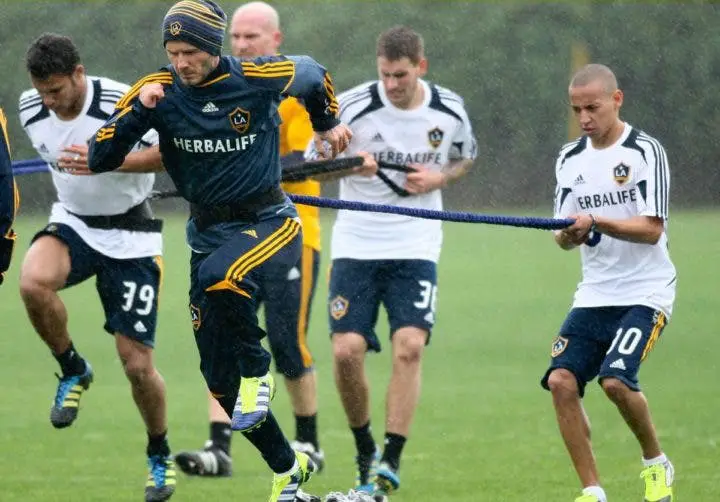
Types of soccer strength training
In soccer, a lot of mental and physical strength is required to be able to compete at a high level. A soccer player at a professional level must have a high level of muscular power in order to withstand the blows and physical adversities that arise on the field of play, either due to physical contact with rival players or due to muscle wasting at the same time. throughout the game.
The following are the main physical strength skills that a soccer player should train .
1. Muscle Power
Muscle power is based on absolute strength and the maximum speed you can achieve in one movement.
Weights are not very essential in today’s soccer player, it is true that they help to gain some strength and muscle size, but what matters in this sport is agility and speed with and without the ball.
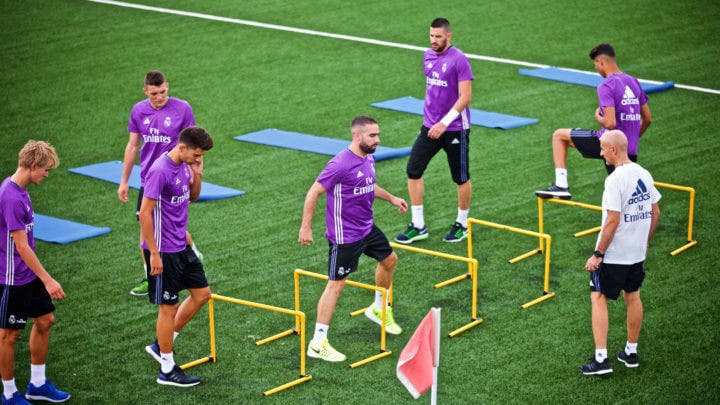
2. Muscle Strength or Endurance
A soccer player must be able to withstand 90 minutes of high intensity, but also must be able to increase their performance if the soccer match reaches 120 minutes (overtime), because in the end whoever has the best performance within the game wins. field.
A footballer should do different circuit workouts, matching the movement patterns used in soccer, as this gives the training gameplay reality and makes it much more attractive.
The 3 Phases of a Soccer Strength Training Program
If you start with a certain exercise, you must set a long-term goal. For example, if you start jogging 2 kilometers in 15 minutes, in two weeks you should jog the same 2 kilometers in 9 minutes. The player must push himself to exceed his expectations.
Here is an example of how you can divide a soccer training program during a season.
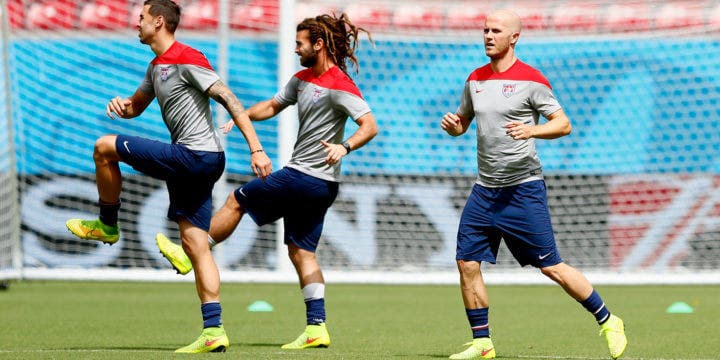
1. Low season: functional strength
Soccer, like any other sport, places a great deal of unequal demands on the body. For example, a player always shoots with his right leg (his dominant leg). Therefore, some muscles will develop better in this leg than in the less skilled one, this will put some joints under stress more continuously than others.
The objectives of this phase are:
- Prepare muscles, joints, ligaments and tendons for more intense work.
- Balance the right side and the left side of the body.
- Correct the balance between flexors and extensors.
A good part of soccer training should focus on the stability of the core (abs), the lower back and the trunk, since these are areas that suffer great stress when turning and running with great force . Without continuous work on this part of the body, injuries could reproduce very quickly.
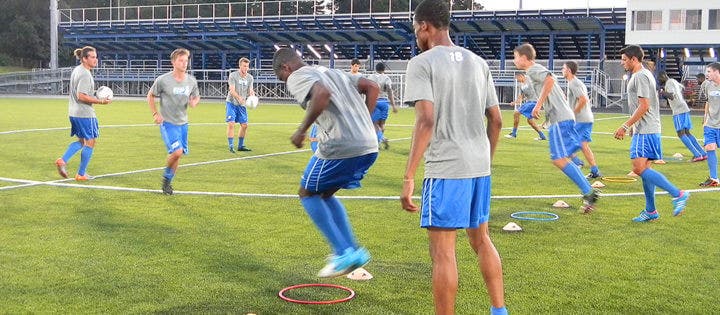
2. Late preseason: muscle power and endurance
In this stage you will have prepared your body well to face the challenges of football and you will have built a solid base of strength. Therefore, the goal in this phase is to convert your strength gains into muscle power and endurance. That is why pyometric workouts and circuits should supplant weight sessions.
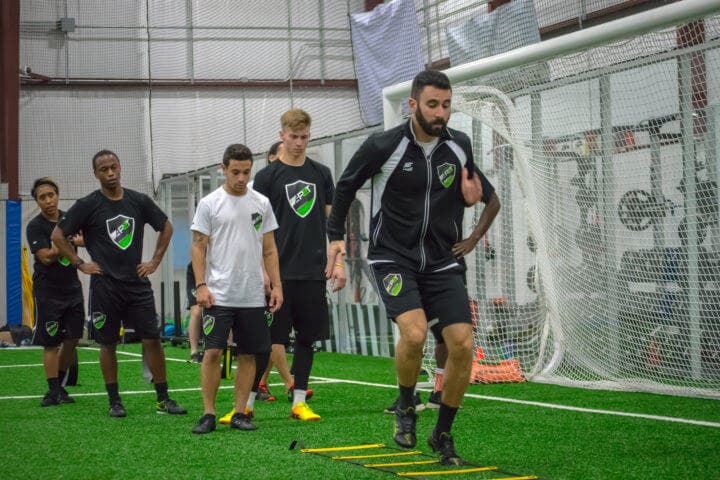
3. In season: maintenance
The goal for this phase is to keep everything you have gained during the preseason (strength and explosiveness) at a continuous level in order to perform throughout the season.
Since a season can last 9 months, you should break up your strength training routine into smaller cycles and vary your workouts a lot so you don’t wear down your muscles quickly.
At the end of the season, if everything has gone according to plan before and during it, the objectives will be met.
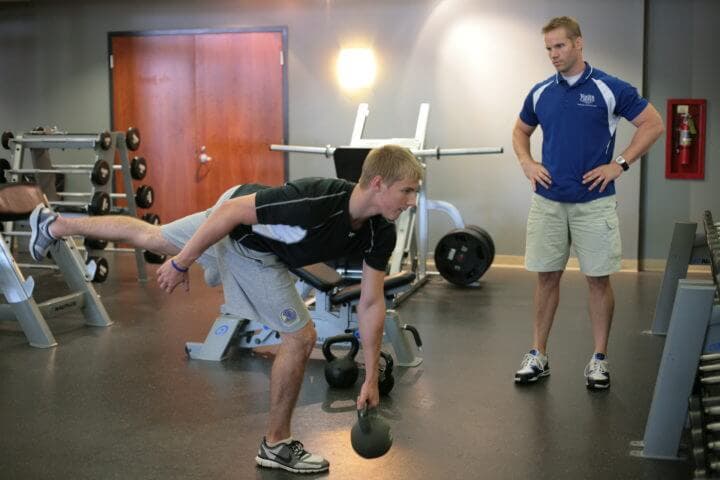
Conclution
Every soccer player must follow a training plan according to their level of competitiveness, but remember that always performing the same type of exercises can be harmful to our muscles, so it is appropriate to carry out an exercise routine according to the time. It is planned and at the appropriate level of demand for the player to reach his maximum performance.
References
- Anderson, J. Soccer Strength Training. For Sports Fitness Advisor [Revised February 2018]